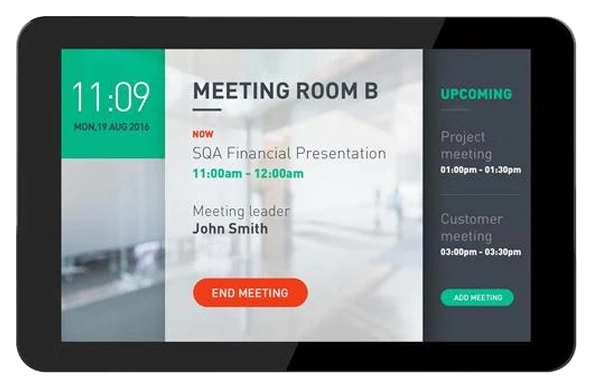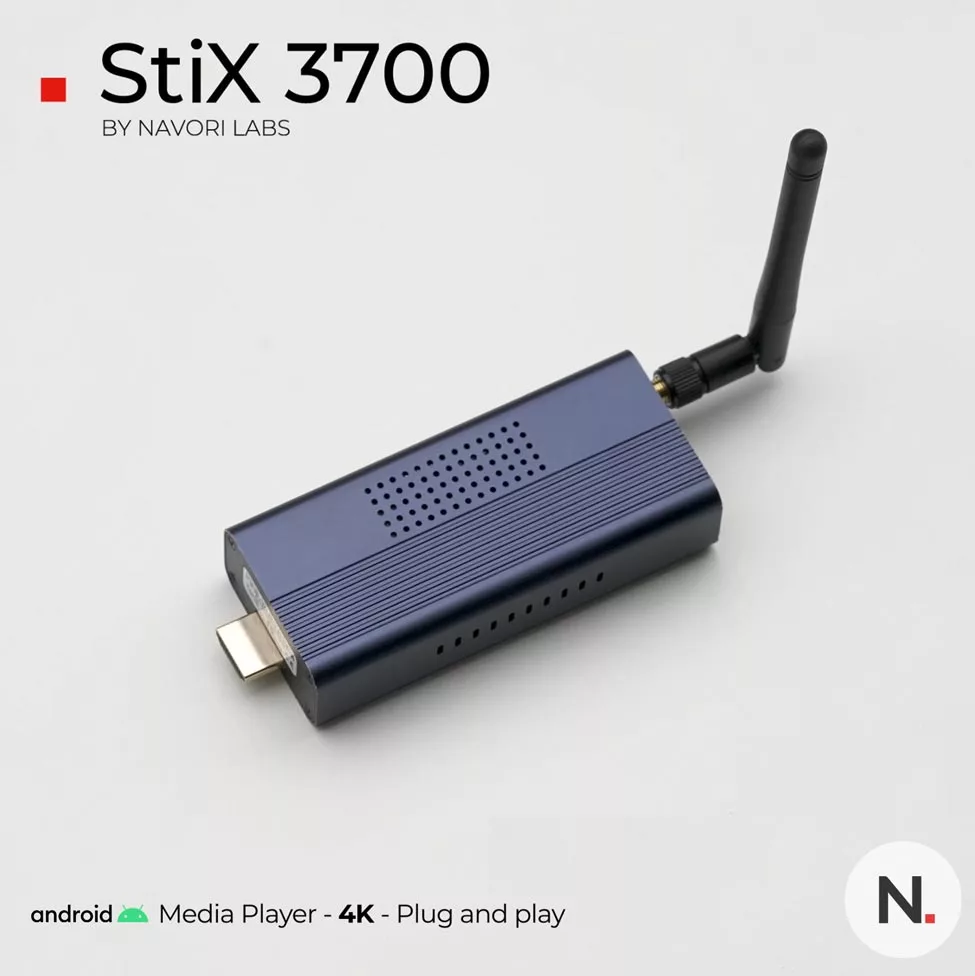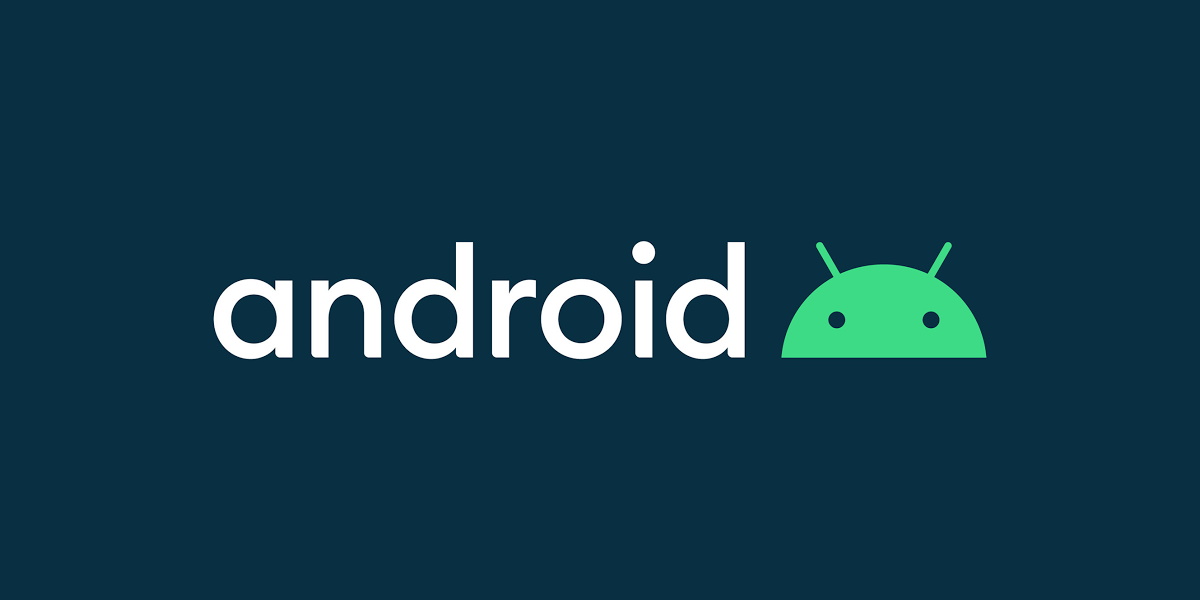Why is Android OS a Good Choice for Your Digital Signage Needs?
The Benefits of Android Digital Signage
For those embarking on a digital signage venture, Android digital signage is a compelling option. Its significant market presence is backed by solid reasons.
- Android OS has been operational for over 13 years.
- It’s supported by Google, a global tech giant.
- The system is rooted in the widely respected Linux operating system.
- Initially designed for mobile uses, Android now functions across a broad spectrum of devices.
When you look at the variety of digital signage software available, Android-based apps stand out as both popular and dependable. Android is an excellent choice for digital signage due to its user-friendliness and a broad array of features.
- Android devices adapt easily to both portrait and landscape orientations.
- It supports both Wi-Fi and wired connections for networking.
- Multitasking capabilities are included by default.
- It natively supports common screen resolutions, including Full HD and 4K.
- Its reliability makes Android suited for continuous, round-the-clock operation.
Furthermore, Android offers access to a large ecosystem of software applications. A simple Google search reveals numerous remote control apps for remote device management, crucial for professional digital signage setups. This remote control feature simplifies technical troubleshooting without the need for on-site visits, reducing travel expenses.

Android digital signage takes on Windows
Before Android entered the scene, Microsoft Windows was the main choice for digital signage, largely because of Windows PCs being used as media players. While Windows remains a top choice for setups involving multiple screens controlled by a single player, it has lost a significant market share to Android in digital signage. The shift was driven by factors like high OS licensing costs, increased support fees, and the expense of PC hardware.
Switching to Android digital signage offers several advantages over Windows PCs:
- Android devices are smaller and can be easily concealed behind digital signage screens.
- They can be powered directly from a display’s USB ports, which simplifies setup.
- Although Windows PCs are available in compact “Stick” forms, they often lack the power needed for commercial digital signage, making Android a more suitable option for many users.
Android vs Windows
People who purchase Android devices don’t need to worry about the dreaded “Microsoft tax” because there are no fees associated with open-source operating systems. This makes Android devices much less expensive than their Windows counterparts.
Windows PCs receive constant updates from Microsoft. These updates are published quite often and have proven to be extremely disruptive for digital signage operators. They are difficult to disable and almost impossible to ignore.
Windows PCs must be rebooted whenever a new operating system update has been installed. This is necessary so the OS can apply the latest changes. However, rebooting a PC is also quite disruptive because while the update process is taking place, no content can be shown on screen. The screen blanks out or shows a Windows notification message which renders the digital signage non-functional.
The Windows operating system generally requires more hardware resources than Android. Windows PCs tend to feature more expensive video cards and more memory to support multiple screens. Windows has a larger footprint so more storage is required on the standalone player device to accommodate the operating system.
Configuring Windows for digital signage use is more complicated than for Android. For example, some applications require editing the Windows registry to disable features that are incompatible with digital signage use. It’s important to note Android has none of these issues so you can fire up the device, log in and you’re done.
Windows is a popular target for malware and computer viruses. Hardening a Windows PC requires installing and configuring an anti-virus app. Android devices don’t need additional security software.

Navori Labs and Android Digital Signage
Navori Labs quickly saw the potential in the Android operating system and developed its own Android-based standalone player software, Navori Player. This proprietary software can be installed on various devices, including Navori Labs’ own Navori STiX 3700, a standalone player designed specifically for Android.
Unlike some digital signage players that use consumer-grade parts, Navori STiX devices are built for demanding professional environments that need reliable operation around the clock.
Navori Player for Android is not only cost-effective and easy to set up but also requires little support and provides professional-grade performance. It works seamlessly with Navori’s Content Manager, allowing users to manage their player network from anywhere through a user-friendly HTML5 interface.
Benefits of using Android media players
Android offers several features that make it a top choice for digital signage, including:
- Vast App Selection: Android’s extensive app marketplace allows you to find the perfect app for your needs, making it versatile for any digital signage application.
- High Customizability: You can tailor your digital signage to align with your brand, creating a unique and cohesive brand experience.
- User-Friendly: Its straightforward and intuitive nature makes Android accessible for users of all technical backgrounds.
For an efficient and engaging way to connect with your audience, Android digital signage stands out as a superior option.
About the Android operating system
Android, developed by Google, is a mobile operating system built on a modified version of the Linux kernel and other open-source software. Initially created for touchscreen devices like smartphones and tablets, Android is versatile enough to handle more complex applications.
Expanding its ecosystem, Google has adapted Android for various platforms including Android TV for televisions, Android Auto for cars, and Wear OS for wristwatches, each featuring a tailored user interface. Android also powers a range of devices beyond mobile, such as game consoles, digital cameras, PCs, and media players, showcasing its flexibility across different types of electronics.

 Copy link
Copy link